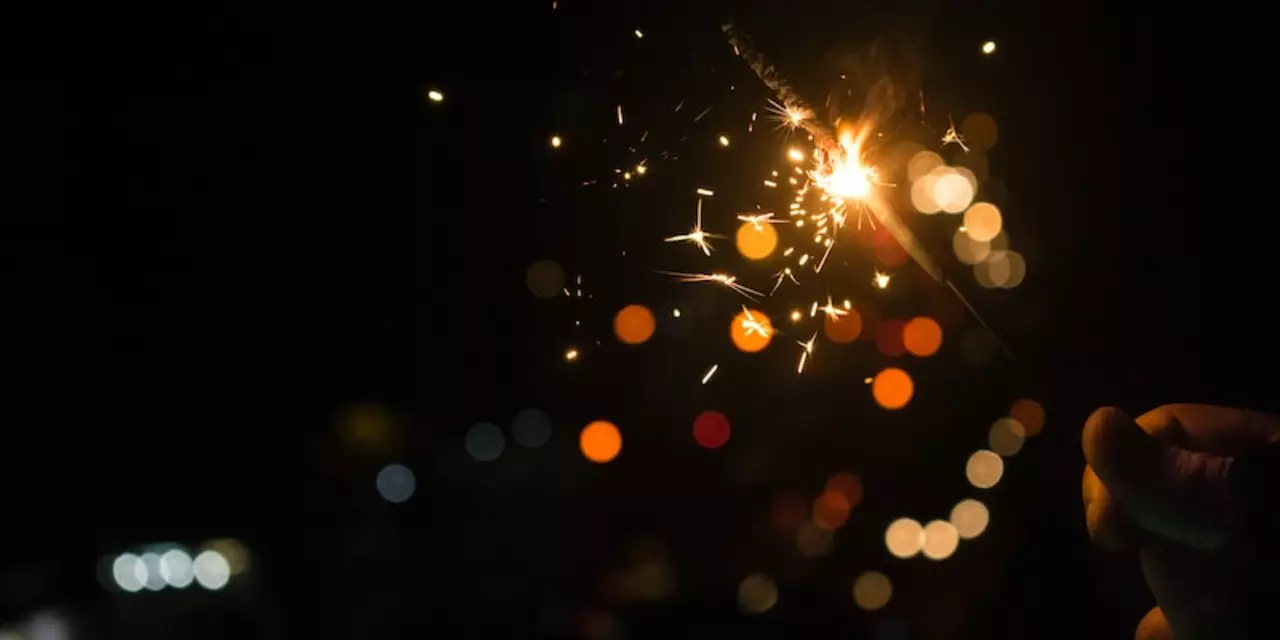DIY Tips for Grounding a Light Fixture: A Step-by-Step Guide
Are you looking for an easy-to-follow guide for grounding a light fixture? If so, you’ve come to the right place! In this blog, we’ll provide you with a step-by-step guide to easily and safely ground a light fixture. Keep reading to learn more!
Step 1: Turn Off the Power
The first step to grounding a light fixture is to turn off the power. You can do this by switching the light switch or unplugging the circuit breaker. Make sure that the power to the fixture is completely off before you start working.
Step 2: Prepare the Wiring
Once the power is off, you can start preparing the wiring. Remove the light fixture’s base plate and unscrew the light bulb. Then, loosen the wire nuts connecting the wires in the fixture and carefully separate the wires. Make sure you’re wearing rubber-soled shoes and using insulated tools when working with the wiring.
Step 3: Connect the Ground Wire
Next, you’ll need to connect the ground wire to the light fixture. To do this, you’ll need to attach a green or bare copper wire to the light fixture. Make sure the wire is firmly attached to the fixture and securely connected to the ground. You can use a wire nut to secure the connection.
Step 4: Reassemble the Fixture
After the ground wire is connected, you can start reassembling the light fixture. Put the base plate back in place and screw in the light bulb. Then, reattach the wires to the fixture and tighten the wire nuts. Make sure the wires are firmly in place before turning the power back on.
Step 5: Test the Fixture
Finally, you’ll need to test the light fixture to make sure it’s properly grounded. Turn the power back on and test the light switch to make sure it’s working properly. If the fixture is properly grounded, the light should turn on without any problems. However, if the light doesn’t turn on, you may need to check the wiring and ground connections.
Grounding a light fixture might seem daunting, but with a few simple steps, you can easily and safely ground a light fixture. Just make sure you turn off the power, prepare the wiring, connect the ground wire, reassemble the fixture, and test the fixture. Good luck!
Properly grounding a light fixture is an important and often overlooked step in home electrical wiring. Not only does grounding provide an extra layer of protection to your home and its occupants, it also helps ensure that your lights are working properly and safely. In this blog post, we’ll discuss the benefits of properly grounding a light fixture, what you need to know, and how to do it.
What is Grounding?
Grounding is the process of connecting an electrical device or system to a ground (earth) connection. This connection serves as a safe outlet for any stray electrical current that may be generated, which prevents potential damage to the device and its users. Grounding also helps to protect against electric shock, which can be a serious risk when working with electrical wiring.
Why is Grounding Important for a Light Fixture?
Grounding a light fixture is important for several reasons. First, it helps to ensure that the light is working properly and efficiently. Without a ground connection, the light may not turn on, or the bulb may not be able to reach its full potential. Second, grounding helps to protect the fixture from damage due to electrical surges. Finally, it helps to protect anyone who may be near the light from electric shock.
What Do You Need to Know Before Grounding a Light Fixture?
Before grounding a light fixture, you should make sure that you have the necessary tools and materials. This includes a pair of wire strippers, a grounding screw, and the appropriate wire. You should also make sure to turn off the power to the light before attempting to ground it.
How to Ground a Light Fixture
Grounding a light fixture is a relatively simple process. First, you will need to locate the grounding screw on the light fixture. This should be located near the base of the fixture. Next, you will need to strip the grounding wire and attach it to the grounding screw. Finally, you will need to connect the other end of the wire to the grounding bar in your electrical panel.
Grounding a light fixture is an important step in home electrical wiring. Not only does it provide an extra layer of protection, it also helps to ensure that the light is working properly and safely. With the right tools and materials, grounding a light fixture is a relatively simple process. Make sure to follow all safety protocols and consult an electrician if you have any questions or concerns.
